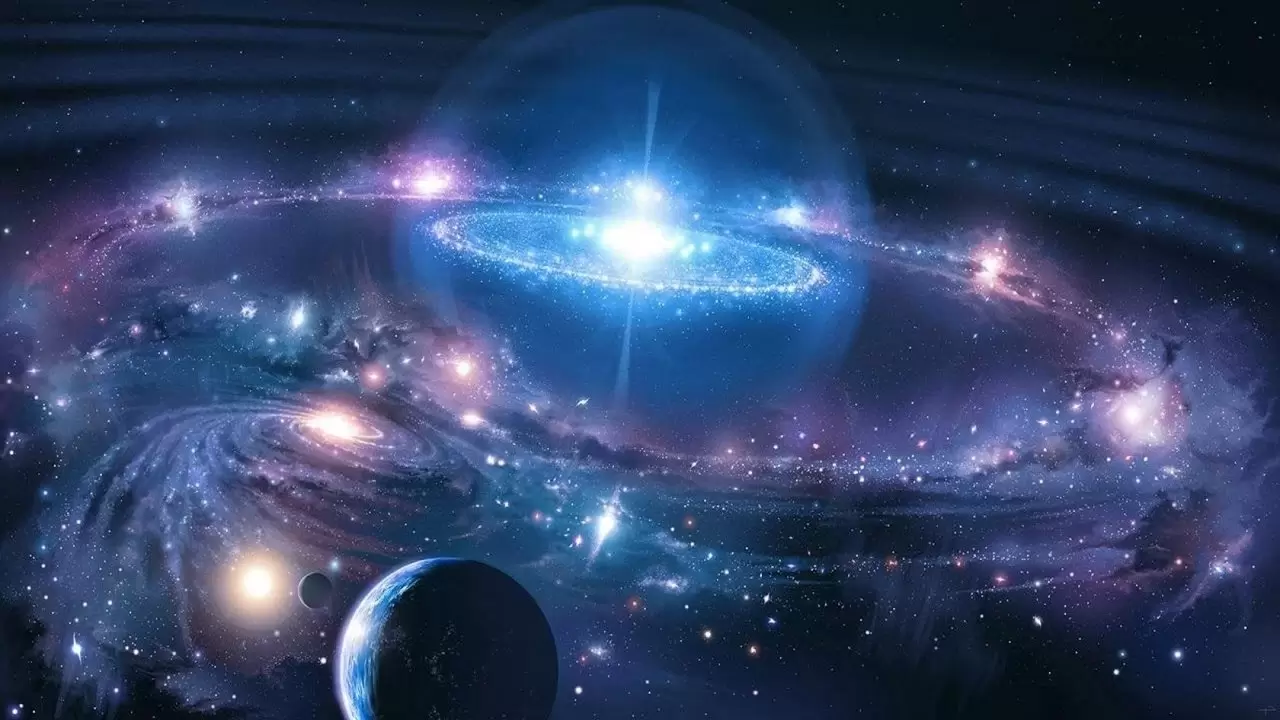Author: Swapnil SinghUndergraduate: Astronomy Research & Mechanical Engineering - Astrophysicist of the future! In the beginning, nearly fourteen billion years ago, all the space and all the matter and all the energy of the known universe was contained in a volume which is infinitely small. At that time, conditions were so hot, the basic forces of nature that collectively describe the universe were unified. This extremely dense point exploded with unimaginable force, creating matter and propelling it outward to make the billions of galaxies of our vast universe. Astrophysicists dubbed this titanic explosion as the Big Bang. In Big Bang cosmology, the Planck epoch or Planck era is the earliest stage immediately after the Big Bang, before the time passed was equal to the Planck time is approximately 10−43 seconds (one ten-million-trillion-trillion-trillionths of a second). As the universe aged through seconds it continued to expand, diluting all concentrations of energy, and what remained of the unified forces split into the “electroweak” and the “strong nuclear” forces. Later still, the electroweak force split into the electromagnetic and the “weak nuclear” forces, laying bare the four distinct forces we have come to know: with the weak force controlling radioactive decay, the strong force binding the atomic nucleus, the electromagnetic force binding molecules, and gravity binding bulk matter. One of the force splits in the early universe was accompanied with an asymmetry in which particles of matter outnumbered particles of antimatter, thanks to this asymmetry. Without the imbalance between matter and antimatter, all mass in the universe would have self-annihilated, leaving a cosmos made of photons and nothing else. All of this was happening with the interplay of matter, which includes subatomic particles and energy in the form of photons. This era of the universe is called the quark–lepton era. The universe was hot enough for these photons to spontaneously convert their energy into matter-antimatter particle pairs, which immediately thereafter annihilate, returning their energy back to photons. At this particular time the universe was a seething soup of quarks, leptons, and their antimatter siblings, along with bosons, the particles that enable their interactions. None of these particle families is thought to be divisible into anything smaller or more basic. As the cosmos continued to expand and cool, growing larger than the size of our solar system, the temperature dropped rapidly below a trillion degrees Kelvin. This universe was no longer hot enough or dense enough to cook quarks, and so they all collided with each other, creating a permanent new family of heavy particles called hadrons. As the universe continued to cool, the amount of energy available for the spontaneous creation of basic particles dropped. By now, one second of time has passed. The universe has grown to a few light-years across, about the distance from the Sun to its closest neighbouring stars. At a billion degrees, it is still hot and still able to cook electrons and positron counterparts. As the cosmos continues to cool protons fuse with protons as well as with neutrons, forming atomic nuclei and creating a universe in which ninety percent of these nuclei are hydrogen and ten percent are helium. In this particle soup the temperature remains hot enough for electrons to roam free but this freedom comes to an abrupt end when the temperature of the universe falls further and all the free electrons combine with nuclei. The marriage leaves behind a holy bath of visible light, forever imprinting the sky with a record of where all the matter was in that moment, and completing the formation of particles and atoms in the primordial universe. For the first billion years, the universe continued to expand and cool as matter gravitated into the massive concentrations, we call galaxies. Nearly a hundred billion of them formed, each containing hundreds of billions of stars that undergo thermonuclear fusion in their cores. Those stars with more than about ten times the mass of the Sun achieve sufficient pressure and temperature in their cores to manufacture dozens of elements heavier than hydrogen, including those that compose planets and whatever life may thrive upon them. Thus, the evolution continues... This blog is promoted and supported by the Space Crew Working Group
Comments are closed.
|
Welcometo the InnovaSpace Knowledge Station Categories
All
|
InnovaSpace Ltd - Registered in England & Wales - No. 11323249
UK Office: 88 Tideslea Path, London, SE280LZ
Privacy Policy I Terms & Conditions
© 2024 InnovaSpace, All Rights Reserved
UK Office: 88 Tideslea Path, London, SE280LZ
Privacy Policy I Terms & Conditions
© 2024 InnovaSpace, All Rights Reserved





 RSS Feed
RSS Feed